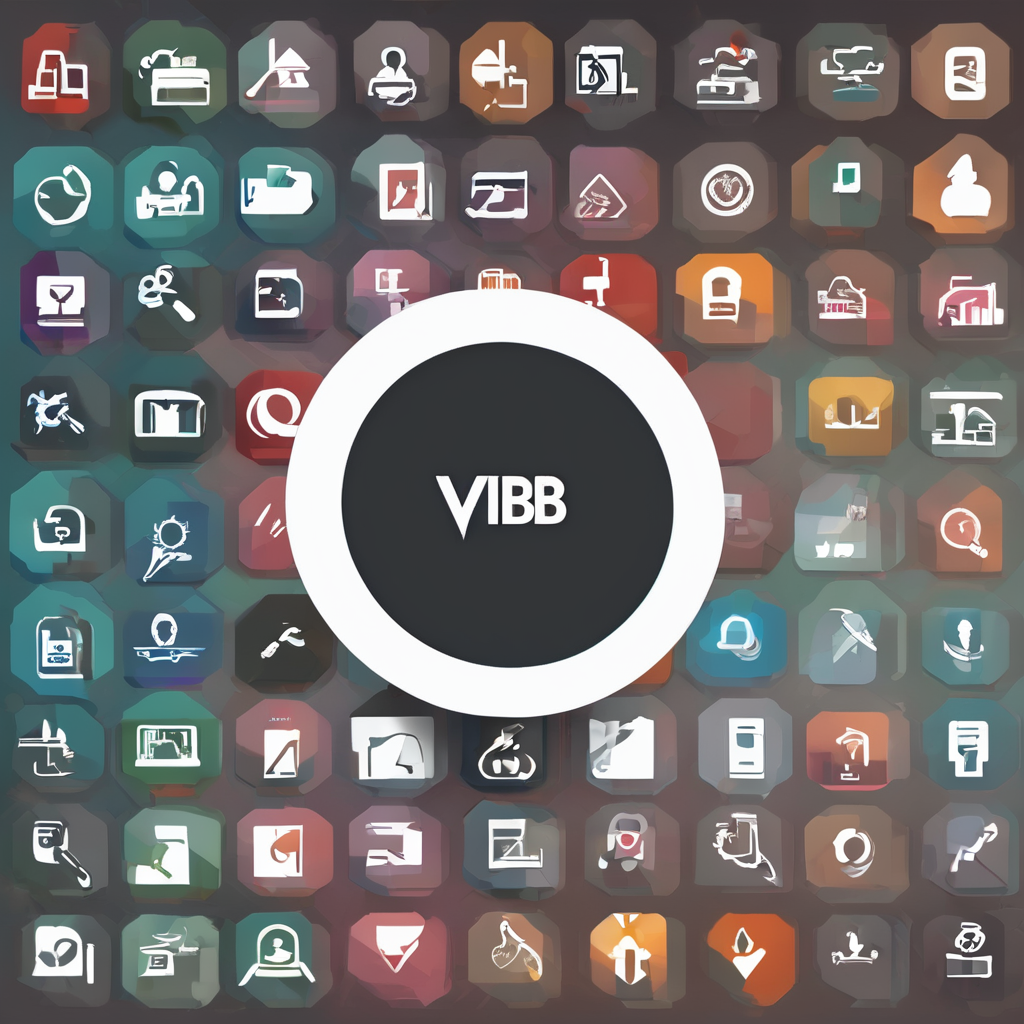Balancing the demands of work and personal life is one of the most significant challenges facing UK business owners today. With ever-increasing responsibilities and expectations, finding the equilibrium between professional duties and personal well-being is crucial for long-term success and happiness. This article explores strategies and insights to help business owners achieve effective work-life integration, ensuring they can thrive both at home and in the office.
Understanding Work-Life Integration
In today’s fast-paced world, the traditional notion of work-life balance is evolving into a more integrated approach. Work-life integration refers to the seamless blending of your professional and personal lives, allowing you to fulfil responsibilities in both areas without one overshadowing the other. Unlike the outdated concept of ‘balance,’ which suggests a strict separation, integration emphasizes flexibility and harmony.
In parallel : How can small UK businesses effectively conduct market research?
For UK business owners, this concept is particularly relevant as they often find themselves juggling multiple roles. As leaders, they must manage their teams, ensure business growth, and make crucial decisions. Simultaneously, they have personal commitments, whether it’s spending time with family, pursuing hobbies, or maintaining physical and mental health.
The key to successful work-life integration lies in prioritizing tasks and setting boundaries. This means understanding what truly matters to you and allocating time accordingly. Integration does not mean working all the time but rather finding a rhythm that allows you to be fully present in each aspect of your life.
In parallel : Enhancing safety in overhead crane engineering operations
Moreover, leveraging technology can greatly assist in achieving this balance. Tools like scheduling apps or project management software can streamline tasks, reducing the time spent on administrative duties and increasing efficiency. However, it’s important to set limits on technology usage to prevent work from infiltrating personal time.
Setting Clear Boundaries
One of the most effective ways to achieve work-life integration is by setting clear boundaries. This involves defining when, where, and how you work, thereby preventing professional obligations from encroaching on personal time.
To start, it is essential to establish specific work hours and communicate them to your team. This not only ensures that colleagues know when you’re available but also encourages them to respect those boundaries. Additionally, by setting these parameters, you model healthy work habits for your employees, promoting a positive company culture.
Another crucial aspect is creating a dedicated workspace. For those who work from home, having a designated office area can help mentally separate work from leisure. This physical boundary enhances focus during work hours and relaxation after.
Remember the importance of digital boundaries. As technology blurs the lines between work and home, it’s tempting to check emails or attend meetings outside of work hours. However, this habit can lead to burnout. Establish rules such as ‘no screens at dinner’ or ‘no work emails after 6 PM’ to maintain a healthy separation.
Finally, prioritizing downtime is indispensable. Schedule regular breaks and allocate time for activities that rejuvenate you. Whether it’s a morning jog, reading a book, or spending time with family, protecting these moments is vital for maintaining energy and enthusiasm.
Leveraging Technology for Efficiency
In the modern business landscape, harnessing technology can significantly enhance work-life integration for UK business owners. When used appropriately, digital tools can streamline processes, facilitate communication, and increase productivity, freeing up valuable time for personal pursuits.
One of the most impactful ways to leverage technology is by employing project management software. Platforms such as Trello, Asana, or Monday.com allow you to track tasks, set deadlines, and collaborate with your team seamlessly. By visualizing workload and progress, you can allocate resources more effectively and prevent bottlenecks.
Communication tools are also indispensable. Apps like Slack or Zoom enable instant messaging and video conferencing, reducing the need for time-consuming meetings. These tools facilitate real-time interaction, ensuring that business operations continue smoothly without necessitating prolonged in-person attendance.
Additionally, consider automating routine tasks. Whether it’s using accounting software to manage finances or customer relationship management (CRM) systems to handle client interactions, automation can drastically cut down on manual labor.
However, while technology offers numerous advantages, it’s crucial to avoid over-reliance. Constant connectivity can impede personal time, making it essential to set digital boundaries. Schedule specific times for checking emails or messages, and enforce ‘do not disturb’ periods to prioritize personal activities.
Embracing Flexibility and Adaptability
Flexibility and adaptability are core components of effective work-life integration. By embracing these qualities, UK business owners can navigate the ever-changing landscape of professional and personal demands with greater ease.
Flexibility in work arrangements, such as remote or hybrid models, allows for a more personalized approach to work. This enables business owners to adjust their schedules according to personal commitments, reducing stress and promoting well-being. By offering flexibility to employees as well, you foster an environment of trust and mutual respect, increasing overall job satisfaction.
Adaptability is equally important in managing unexpected challenges. Whether it’s a sudden project deadline or a family emergency, being adaptable allows you to respond efficiently without compromising one area for another. Cultivating this mindset can lead to innovative solutions, enhancing both personal growth and business success.
Furthermore, adopting a flexible mindset involves being open to new ideas and methodologies. As the business landscape evolves, staying informed about industry trends and technological advancements ensures you’re well-prepared to adapt to changes.
Lastly, maintain open communication with your team. By discussing work-life integration openly, you encourage a culture of understanding and cooperation. This dialogue can lead to mutually beneficial arrangements, fostering a supportive and inclusive workplace.
Effective work-life integration is a vital pursuit for UK business owners seeking to thrive in both their professional and personal spheres. By understanding the essence of integration, setting clear boundaries, leveraging technology, and embracing flexibility, you can achieve a harmonious blend of work and life.
It’s about finding what works best for you and your unique situation. Remember, integration is a journey, not a destination. Continuously evaluate and adjust your approach as circumstances evolve, ensuring you maintain balance and fulfilment in all aspects of your life.
Ultimately, by prioritizing both work and personal well-being, you lay the foundation for sustained success and satisfaction, paving the way for a fulfilling life both in and out of the boardroom.











